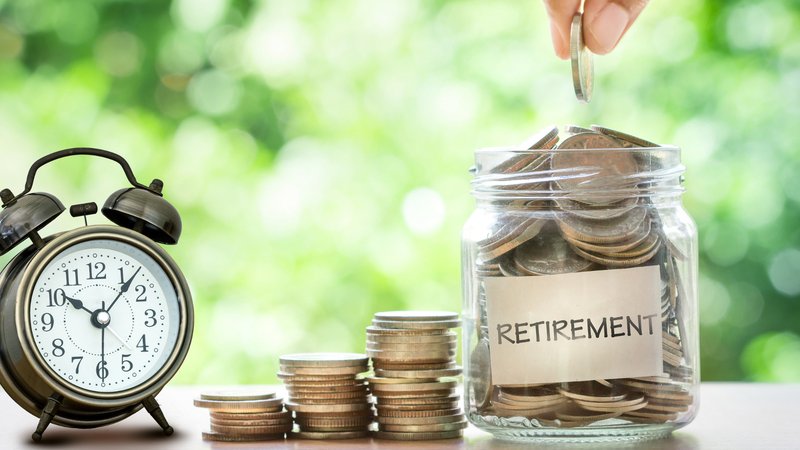How To Use Mutual Funds to Generate Post-Retirement Income

Mutual Funds can be a stable post-retirement income source, but retirees should avoid dividend options and MIPs, opting instead for tax-efficient Systematic Withdrawal Plans (SWPs) with expert guidance.
The year 2017 was a landmark year for Mutual Funds as an investment vehicle. AMFI’s catchy “Mutual Funds Sahi Hai” campaign piqued the interest of many former die-hard FD enthusiasts, and more investors than ever sought to educate themselves on the benefits of breaking past their risk aversion when it comes to channelizing their long-term savings. In fact, 2017 witnessed net inflows of more than Rs. 1.3 Lakh Crores into equity oriented Mutual Funds, with many investors opting to channelize their retirement savings into potentially higher return instruments via SIP’s (Systematic Investment Plans)
What a fewer number of investors are aware of is the fact that Mutual Funds are equally ‘sahi’ when it comes to generating a relatively stable post-retirement income. If you’ve retired recently, and are wondering how to put your life savings to good use via the Mutual Fund investment route, here are a few things to keep in mind.
Don’t Rely on Dividends
Once you retire, it’s quite natural for you to be relatively risk averse with your corpus. After all, you’ll need to draw upon it regularly to meet your day to day expenses, as well as your emergency requirements. The last thing you’d want is for a bearish market cycle to put a huge dent in your funds. Therefore, the bulk of your funds will need to go into relatively safer, debt oriented Mutual Funds at this stage. Many investors make the mistake of choosing the dividend option for their debt fund investments, without understanding that a hefty 28.33% of the dividend declared would be deducted at source! And though dividends from equity oriented funds are tax free, they tend to be erratic and the funds themselves tend to be volatile; therefore, one cannot rely on them entirely for their post-retirement income.
Avoid MIP’s
MIP’s or “Monthly Income Plans” are a type of debt oriented, hybrid mutual fund. They invest the bulk of their portfolios into relatively secure debt instruments, while taking a 15% - 25% allocation to equities. Many retirees invest into MIP’s with the misplaced expectation of a monthly dividend. However, dividends from MIP’s tend to be erratic, and one cannot plan their fixed expenses around them. Moreover, since MIP’s themselves are debt oriented mutual funds, their dividends attract a dividend distribution tax as well. Investors should ideally steer clear of MIP’s.
Go for SWP’s (Systematic Withdrawal Plans)
Systematic Withdrawal Plans or SWP’s are the most ‘sahi’ means of generating post retirement income using Mutual Funds. It’s really quite simple. You invest approximately a tenth of your retirement corpus into liquid mutual funds, and issue a standing instruction to the Asset Management Company to redeem approximately 1/12th of this amount every month. The remaining 90% of the corpus can be invested, with the advice of a qualified Financial Advisor, into a mix of mostly debt mutual funds, and a small proportion of equity mutual funds. Since you’ll only be taxed on the profits earned on the liquid mutual fund units that you’ve withdrawn, this income will not just be constant, but also extremely tax efficient. It’s advisable to consult with a trustworthy and competent Financial Advisor on the SWP structure that’s most suited for your unique requirements.
Your Investing Experts
Relevant Articles
When Playing It Safe Becomes Risky: Rethinking Risk in Equity Investing
Avoiding risk often feels prudent, especially when markets turn volatile. But in investing, staying away from equity entirely can quietly become the biggest risk of all.
The Power of Compounding: How Small Investments Turn into Big Wealth
Compounding is the single most powerful force behind long-term wealth creation. It rewards patience, discipline, and consistency more than any short-term strategy ever can. If you want your investments to grow exponentially instead of linearly, compounding must be at the centre of your approach.
Regular Savings Plan: A Balanced Approach to Stability and Growth
Not every investment in a portfolio is meant to maximise returns. Some are meant to preserve capital, manage volatility, and provide predictability. A regular savings plan serves exactly this role. It is designed for investors who want a more measured approach where stability takes priority, and growth plays a supporting role rather than the lead.
.png)


